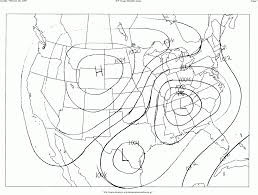As the temperature of a gas increases, what will also increase?
TRUE OR FALSE: Atmospheric pressure will change as a front moves across an area.
TRUE
What does a barometer do?
measures atmospheric pressure
Name the 4 types of fronts?
Warm, Cold, Occluded, and Stationary
Name the 4 types of precipitation?
hail, rain, snow, and sleet
Which best describes what causes wind?
difference of high pressure and low pressure in the atmosphere.
Dense air pressing down on the Earth's surface will likely create what?
high pressure
What happens when the barometer is rising?
High pressure zones
What is a cold front?
colder air mass moves in behind a warmer air mass. It plunges beneath it and forces the warm air mass up into the atmosphere.
Describe evaporation.
a change of phase in which the liquid phase of a substance is converted to a gaseous phase.
Cold air is _____ air
heavier/denser
TRUE OR FALSE: When air heats up, its volume increases but its mass stays exactly the same.
TRUE
What happens when the barometer is falling?
Low pressure zones.
What happens in a warm front?
A warmer air mass moves in behind a colder air mass. It crawls over the cold air mass and rises into the atmosphere.
What types of weather occurs in high pressure zones?
sunny, a bit of a breeze, some clouds
Warm air ____________
rises
What direction is the cold air front moving?
South/Southeast
What type of weather occurs in low pressure zones?
thunderstorms, bad weather, different types of precipitation.
What is condensation?
a change of phase in which the gaseous phase of a substance is converted to a liquid phase.
What factors are necessary for precipitation to form along fronts?
a difference in density between warm and cold air masses, an upper atmosphere that has temperatures lower than the air in the rising warm air mass, and condensation of water vapor in the rising warm air mass.
Which area will have the strongest winds?
The low pressure along the south/east coast.
What is the unit of measure for a barometer?
hectopascals